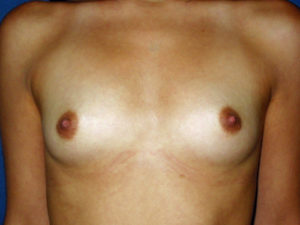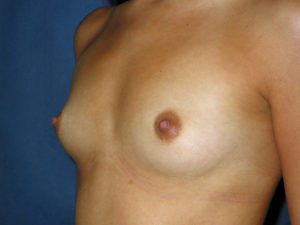Most postoperative photos of cosmetic procedures that plastic surgeons post on their website are typically, though not always, taken within a year of surgery. There are several reasons for this practice but a review of them here is not relevant for this present discussion.
An inherent and important part of a consultation with a reputable board certified plastic surgeon is a review of the risk and complications of a particular procedure, the possible alternatives if relevant, as well as the short and long term expectations.
Patients most commonly have reviewed photos of postoperative results online so they generally have a good idea what to expect relatively short term.
The reason for this, as noted previously, is that most photo sets display generally short term results. It is rare to see outcomes of three, five, ten years or more.
Wouldn’t it be nice, though, to see what those initial outcomes evolve into over time?
Of course it would!
Unfortunately, most patients move on from a particular surgical procedure and have no real reason to seek these long term follow-ups. Not too infrequent exceptions to this are those women who have had a breast augmentation or a mastopexy with implants and want an assessment of the integrity of their implants, are considering an implant exchange including a size change or who are just considering an explantation. Those seeking a repeat procedure, such as a secondary facelift, also have a good reason for long term “follow-up”.
It is very important to also realize that long term results, on the scale of five to ten years or more, are significantly influenced by factors that are unrelated to the nature of the procedure, the skill by which it was performed, implant issues, etc. There can be far greater variations and degrees of results seen at these periods of time than when compared to those seen within the first six months to year. This is due to personal factors, both good and bad, which can affect the long term durability of the results. These can include such influences as substantial weight gain, considerable weight loss, major weight fluctuations, stress, smoking, diabetes and other major medical issues – temporary or progressive.
So now I present you with a sixteen year follow-up of a breast augmentation where smooth surfaced saline breast implants were placed behind the chest wall muscle (submuscular).

A. Frontal view – before

B. 16 years after breast augmentation

C. Side view – before

D. 16 years after breast augmentation

E. Oblique view – before

F. 16 years after breast augmentation
This patient presented in her early 20’s as a 32A and wanted to be proportionate – somewhere around a “C” cup (photos A, C and E). Because there still was a moratorium on the usage of silicone implants at that time that had been imposed by the FDA, she was only allowed to use saline implants for her breast augmentation.
The surgery was successfully done and she was very happy with her results.
Fast forward now sixteen years. She has had no problems whatsoever with the implants and is still quite happy with the size and appearance despite putting on some weight in the intervening period of time (photos B, D and F). The visit is solely to make sure that the implants are still doing fine.
Clearly, they are.
In fact, the weight that she gained has actually helped to camouflage the saline implants in such a way that they actually feel more natural and silicone like than they did years ago. Furthermore, there is no rippling or fluid waves when she moves or bends over – frequent issues seen with saline implants especially in relatively thin women.
Though these results are definitely not representative of what should be expected with a saline breast augmentation so many years later, they clearly show that given the right situation, excellent results can be maintained long term.
For more information on a breast augmentation, breast implants or any plastic surgical procedure that I perform or to schedule your complimentary consultation with me, you can contact my office at (480) 451-3000.
